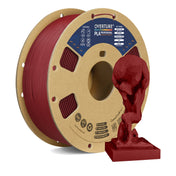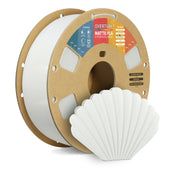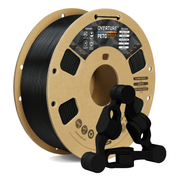How to Improve Bridging for Cleaner, Stronger Prints
In 3D printing, bridging refers to a printer's ability to span a gap between two points without support from below. When done correctly, bridges should be clean, even, and strong. However, poor bridging can lead to:
- Sagging or drooping filament across gaps
- Stringy or incomplete fill on the underside of bridges
- Excess blobs or rough edges at the bridge points



(All images included in this article are sourced from Reddit's r/3Dprinting community)
These issues can be caused by several factors, such as incorrect print settings, inadequate cooling, or material limitations. But don’t worry, there are easy fixes that can drastically improve your bridging performance!
1️⃣ Adjust Print Speed & Flow
Bridging requires precise extrusion control to prevent filament from drooping before it solidifies. Try these adjustments:
- Slow down the print speed when bridging. This allows the filament more time to cool and solidify after being deposited.
- Reduce the flow rate slightly. This can prevent excess filament from weighing down the bridge.
2️⃣ Optimize Cooling
Cooling plays a huge role in successful bridging. The faster the filament solidifies, the better the bridge will hold.
- Increase the cooling fan speed to help the extruded filament cool and solidify more quickly.
3️⃣ Implement Supports When Necessary
While the goal of bridging is to print without supports, minimal support structures can sometimes help achieve cleaner, more stable bridges, especially for longer or wider gaps. Refer to our [Technical Data Sheet] for recommended overhang angle thresholds.
4️⃣ Choose the Right Material for Better Bridging
Not all filaments perform equally when it comes to bridging. Here’s how they compare:
- ✅ PLA - Tends to perform well because it cools and solidifies quickly!
- ⚠️ PETG & ABS - More prone to sagging due to slower cooling but can work well with proper cooling and flow adjustments.

If your prints suffer from poor bridging, try slowing down, optimizing cooling, and tweaking your extrusion settings. Small changes can lead to major improvements in print quality!
If you continue to encounter difficulties, please contact Overture Service for further assistance.
Happy printing!




